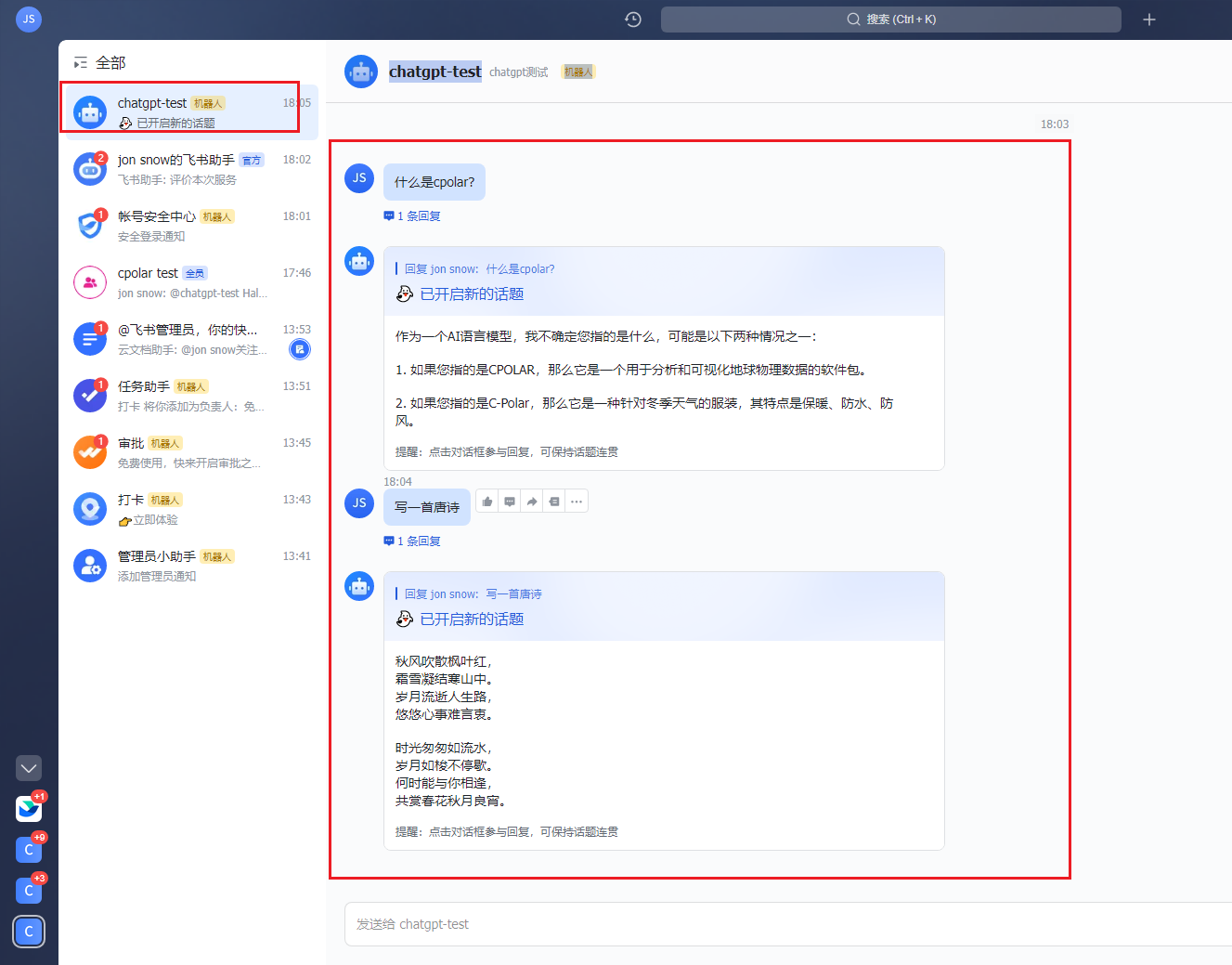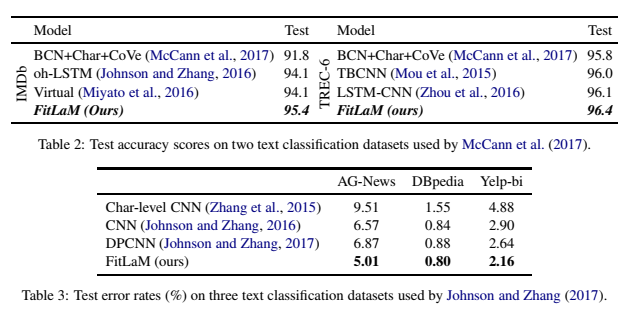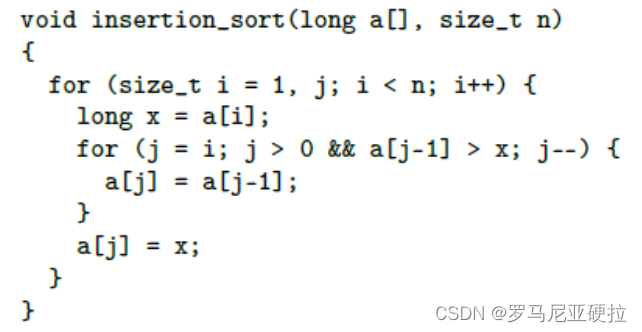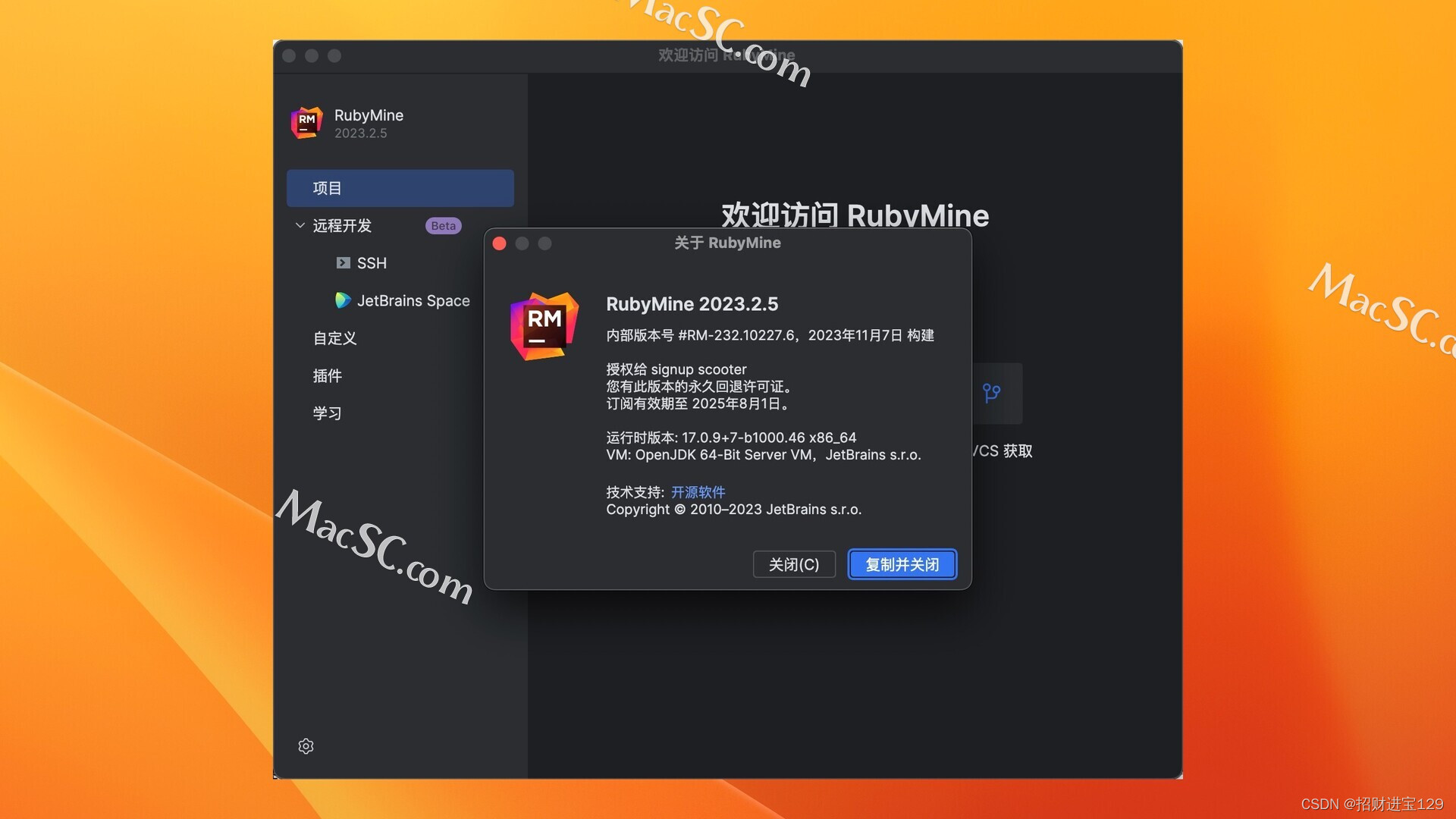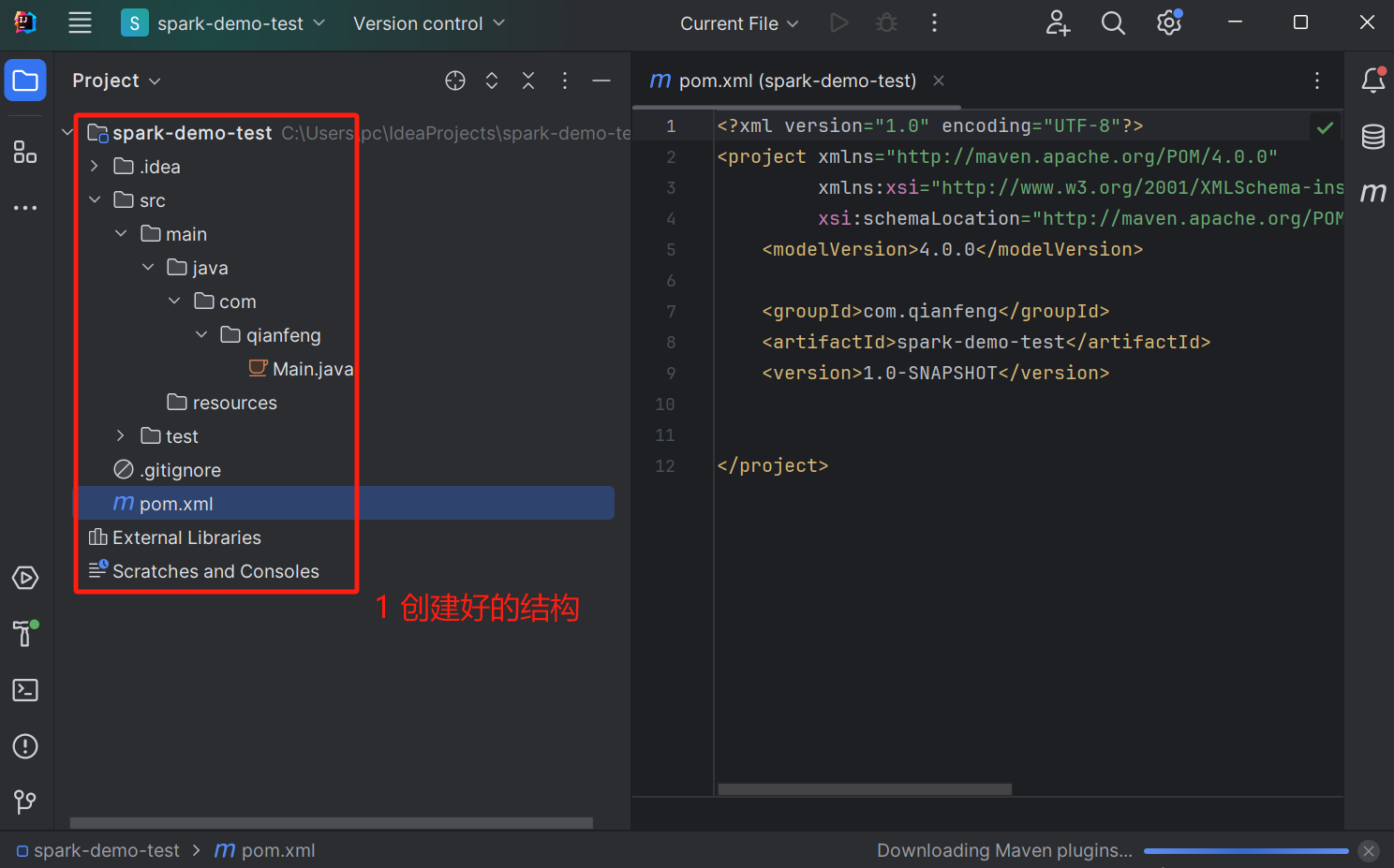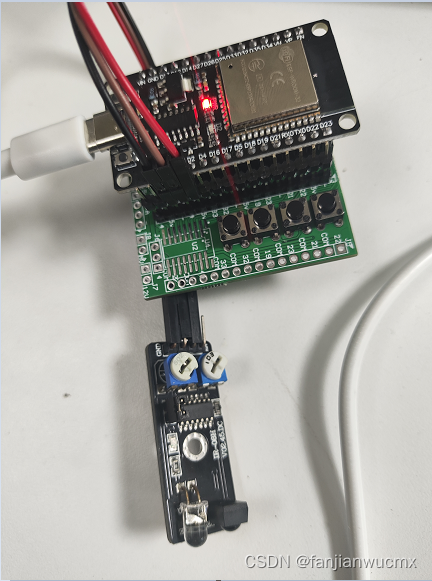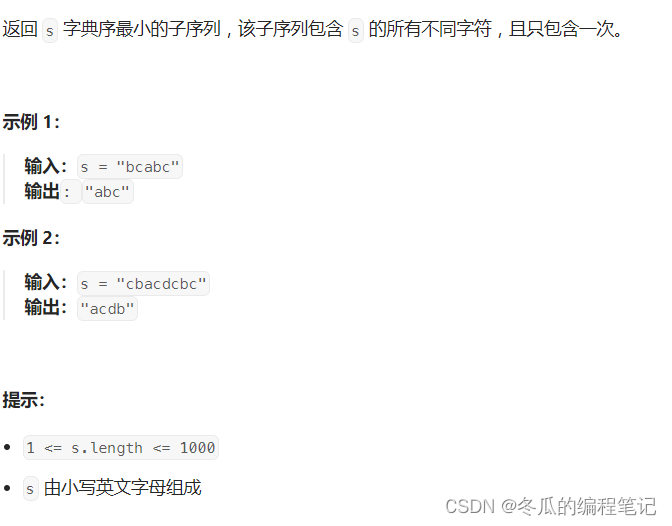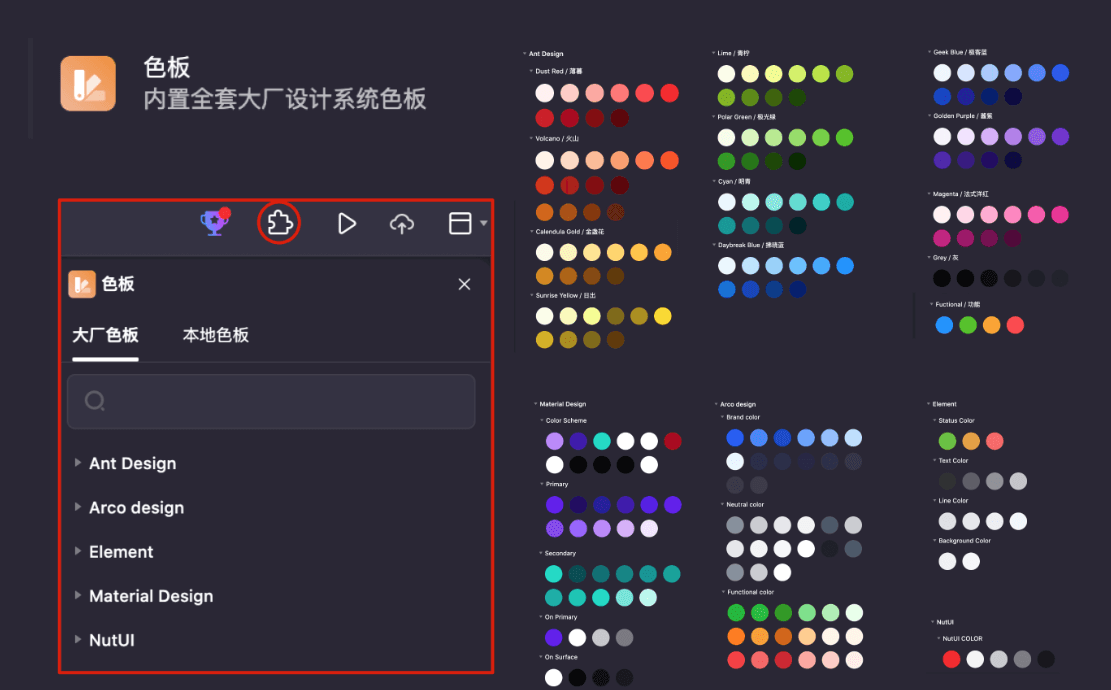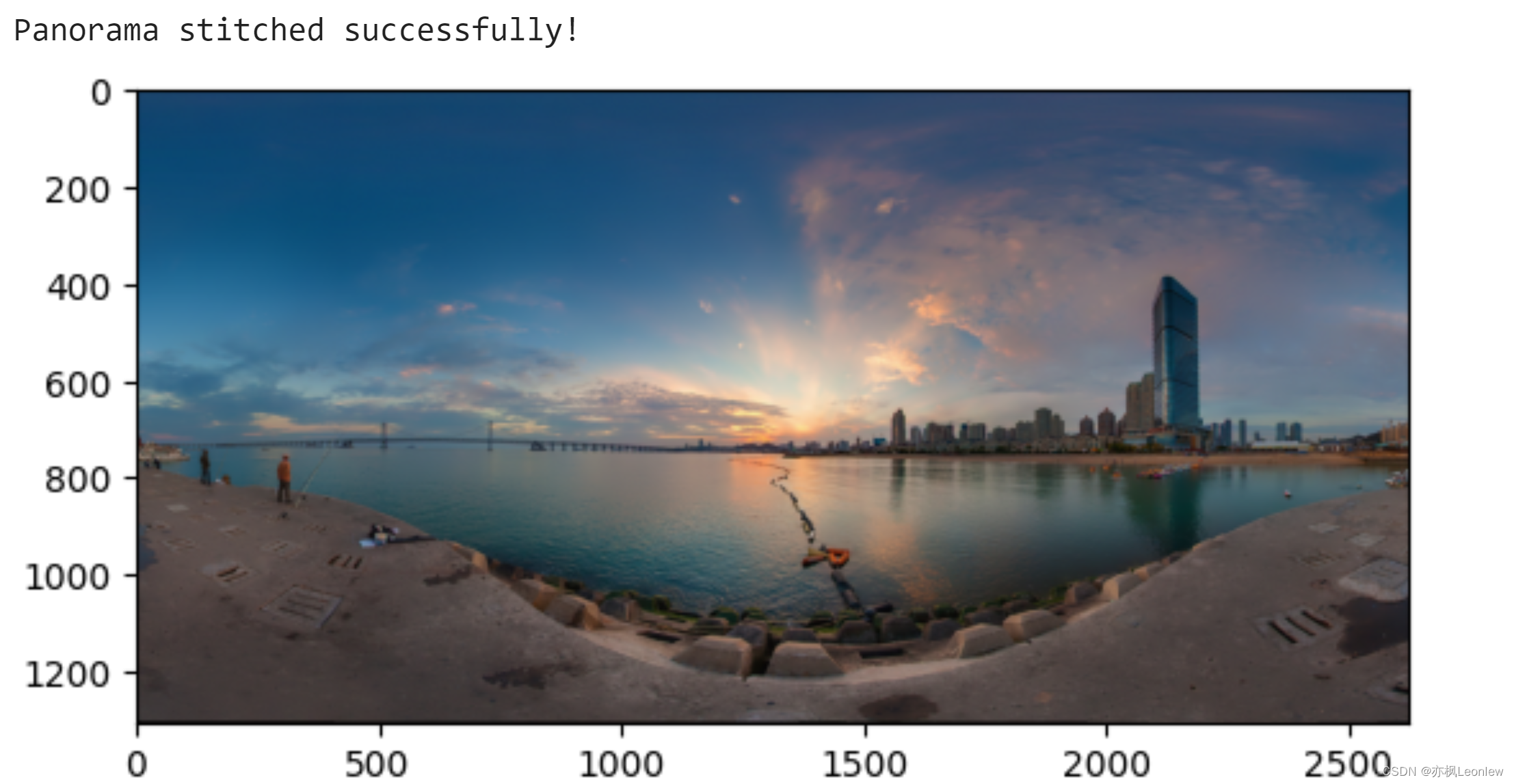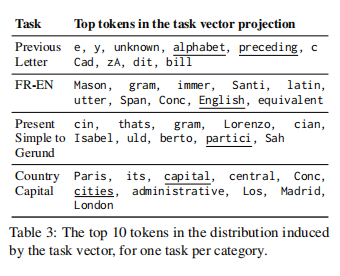目录
- 序言:第三方库及所需材料
- 函数模块介绍
- 分词
- 词频统计
- 条形图绘制
- 词云绘制
- 主函数
- 效果预览
- 全部代码
序言:第三方库及所需材料
编程语言:Python3.9。
编程环境:Anaconda3,Spyder5。
使用到的主要第三方库:jieba-0.42.1,wordcloud-1.8.2.2,matplotlib-3.5.1。
- 文本数据:txt格式,本文以2023年内蒙古自治区政府工作报告为例,命名为“2023.txt”。
- 停用词:“cn_stopwords.txt”,网络下载
- 字体文件:tff格式,本文使用方正粗黑宋简体,命名为“fzch.tff”
- 主题背景图片:本文使用白底内蒙古自治区地图,命名为“R-C.png”
以上文件置于py文件的同级目录下,使用相对路径读取。
函数模块介绍
具体的代码可见全部代码部分,这部分只介绍思路和相应的函数模块
分词
在主函数中读取文本数据,调用分词函数cutWord,使用jieba分词库和停用词表对文本进行分词操作,并返回词语组成的列表。
def cutWord(text):
words=jieba.cut(text)
stopwords = {}.fromkeys([ line.rstrip() for line in open('cn_stopwords.txt',encoding='utf-8') ])
finalwords = []
for word in words:
if word not in stopwords:
if (word != "。" and word != ",") :
finalwords.append(word)
return finalwords
词频统计
将词语列表传入词频统计函数countWord,去除单字词和换行符后,统计各词语出现的频率,并返回各词语的频数列表。
def countWord(text):
counts={}
for word in text:
if len(word) == 1 or word=='\n':#单个词和换行符不计算在内
continue
else:
if word not in counts.keys():
counts[word]=1
else:
counts[word]+=1
return counts
条形图绘制
将词频字典传入高频词条形图绘制函数drawBar,根据注释传入参数,选择前RANGE项词语和图像横竖
def drawBar(countdict,RANGE, heng):
#函数来源于:https://blog.csdn.net/leokingszx/article/details/101456624,有改动
#dicdata:字典的数据。
#RANGE:截取显示的字典的长度。
#heng=0,代表条状图的柱子是竖直向上的。heng=1,代表柱子是横向的。考虑到文字是从左到右的,让柱子横向排列更容易观察坐标轴。
by_value = sorted(countdict.items(),key = lambda item:item[1],reverse=True)
print(by_value[:20])
x = []
y = []
plt.figure(figsize=(9, 6))
for d in by_value:
x.append(d[0])
y.append(d[1])
if heng == 0:
plt.bar(x[0:RANGE], y[0:RANGE])
plt.show()
return
elif heng == 1:
plt.barh(x[0:RANGE], y[0:RANGE])
plt.show()
return
else:
return "heng的值仅为0或1!"
词云绘制
将词语列表传入词云绘制函数drawWordCloud,绘制词云图。进一步地,将词语列表传入词云绘制函数drawWordCloudwithMap,以内蒙古自治区地图为背景绘制词云图。
def drawWordCloud(textList):
wc = WordCloud(font_path ="fzch.ttf",background_color="white",width=1800,height=1200).fit_words(countdict)
plt.figure(figsize=(18, 12))
plt.imshow(wc)
plt.axis("off")
plt.show()
def drawWordCloudwithMap(textList):
d = path.dirname(__file__)
map_coloring = np.array(Image.open(path.join(d, "R-C.png")))
wc = WordCloud(font_path ="fzch.ttf",mask=map_coloring,background_color="white",width=1800,height=1200).fit_words(countdict)
plt.figure(figsize=(18, 12))
plt.imshow(wc)
plt.axis("off")
plt.show()
主函数
if __name__ == "__main__":
with open('2023.txt','r',encoding='utf-8') as f:
text=f.read()#读取文本
cutText=cutWord(text)#jieba分词
countdict=countWord(cutText)#生成词频字典
drawBar(countdict,10,0)#绘制词语出现次数前10的竖向条形图
drawBar(countdict,20,1)#绘制词语出现次数前20的横向条形图
drawWordCloud(cutText)#绘制词云图
drawWordCloudwithMap(cutText)#以地图为背景绘制词云图
效果预览
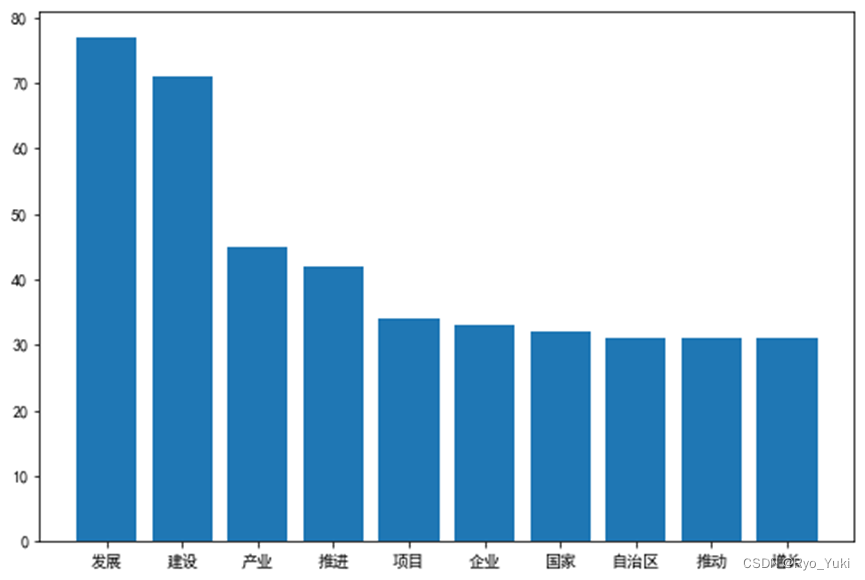
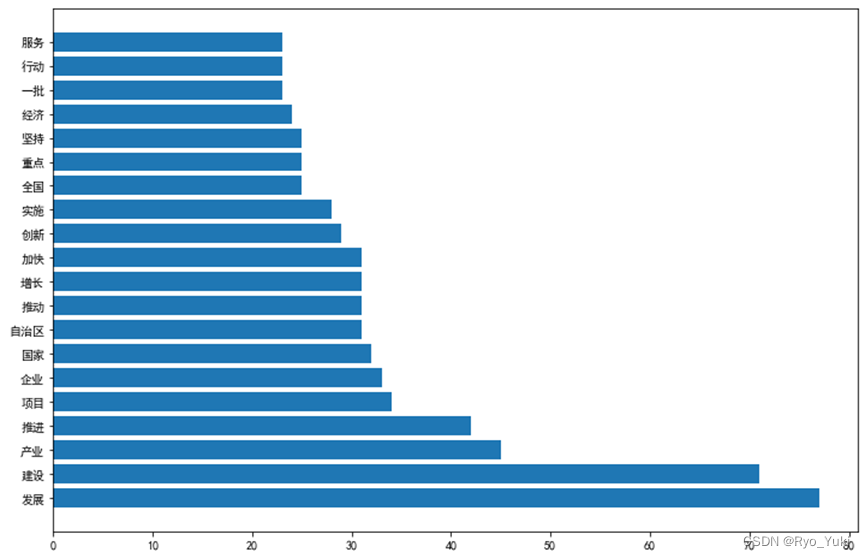


全部代码
# -*- coding: utf-8 -*-
# @Time : 2023/11/22
# @Author : Ryo_Yuki
# @Software: Spyder
import jieba
import jieba.analyse
from wordcloud import WordCloud
import matplotlib.pyplot as plt
import numpy as np
from PIL import Image
from os import path
plt.rcParams['font.sans-serif'] = ['SimHei'] # 用来正常显示中文标签
def cutWord(text):
words=jieba.cut(text)
stopwords = {}.fromkeys([ line.rstrip() for line in open('cn_stopwords.txt',encoding='utf-8') ])
finalwords = []
for word in words:
if word not in stopwords:
if (word != "。" and word != ",") :
finalwords.append(word)
return finalwords
def countWord(text):
counts={}
for word in text:
if len(word) == 1 or word=='\n':#单个词和换行符不计算在内
continue
else:
if word not in counts.keys():
counts[word]=1
else:
counts[word]+=1
return counts
def drawBar(countdict,RANGE, heng):
#函数来源于:https://blog.csdn.net/leokingszx/article/details/101456624,有改动
#dicdata:字典的数据。
#RANGE:截取显示的字典的长度。
#heng=0,代表条状图的柱子是竖直向上的。heng=1,代表柱子是横向的。考虑到文字是从左到右的,让柱子横向排列更容易观察坐标轴。
by_value = sorted(countdict.items(),key = lambda item:item[1],reverse=True)
print(by_value[:20])
x = []
y = []
plt.figure(figsize=(9, 6))
for d in by_value:
x.append(d[0])
y.append(d[1])
if heng == 0:
plt.bar(x[0:RANGE], y[0:RANGE])
plt.show()
return
elif heng == 1:
plt.barh(x[0:RANGE], y[0:RANGE])
plt.show()
return
else:
return "heng的值仅为0或1!"
def drawWordCloud(textList):
wc = WordCloud(font_path ="fzch.ttf",background_color="white",width=1800,height=1200).fit_words(countdict)
plt.figure(figsize=(18, 12))
plt.imshow(wc)
plt.axis("off")
plt.show()
def drawWordCloudwithMap(textList):
d = path.dirname(__file__)
map_coloring = np.array(Image.open(path.join(d, "R-C.png")))
wc = WordCloud(font_path ="fzch.ttf",mask=map_coloring,background_color="white",width=1800,height=1200).fit_words(countdict)
plt.figure(figsize=(18, 12))
plt.imshow(wc)
plt.axis("off")
plt.show()
#主函数
if __name__ == "__main__":
with open('2023.txt','r',encoding='utf-8') as f:
text=f.read()#读取文本
cutText=cutWord(text)#jieba分词
countdict=countWord(cutText)#生成词频字典
drawBar(countdict,10,0)#绘制词语出现次数前10的竖向条形图
drawBar(countdict,20,1)#绘制词语出现次数前20的横向条形图
drawWordCloud(cutText)#绘制词云图
drawWordCloudwithMap(cutText)#以地图为背景绘制词云图
